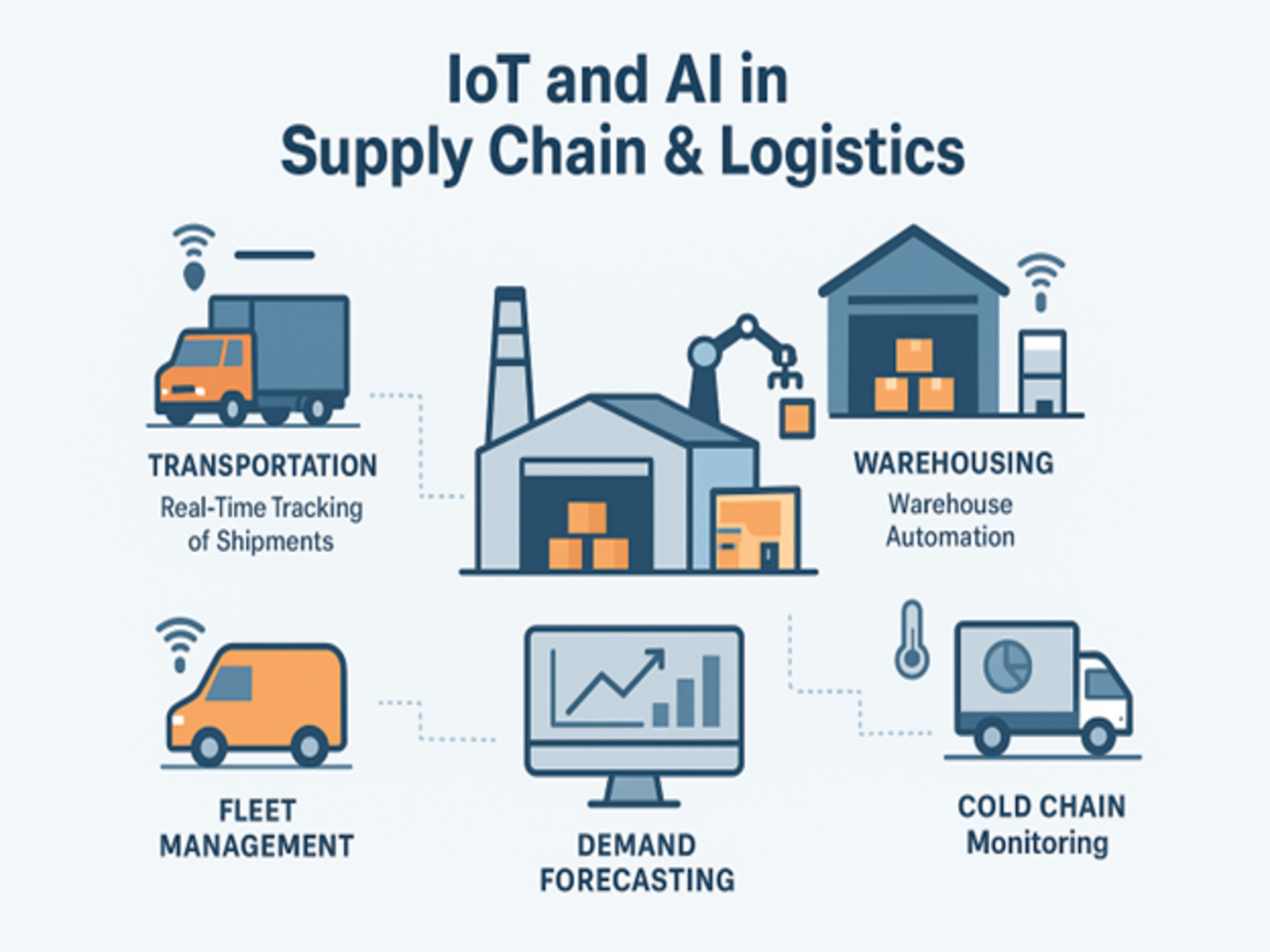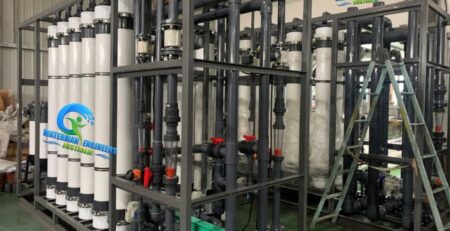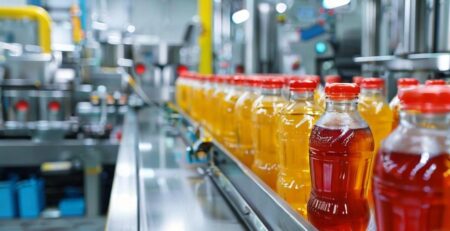The Use of Artificial Intelligence for Municipal Sewer Treatment Plants
Introduction
Municipal sewer treatment plants are a critical component of urban infrastructure. They ensure that wastewater generated from residential, industrial, and commercial activities is treated and made safe before being released back into the environment or reused. Traditional treatment plants rely on a complex combination of physical, chemical, and biological processes, managed by human operators and engineers. However, the complexity, cost, and energy demands of modern wastewater management have driven a global interest in integrating Artificial Intelligence (AI) into municipal sewer treatment systems.
AI technologies—ranging from machine learning and deep learning to expert systems and predictive analytics—are transforming how wastewater treatment plants (WWTPs) operate. These systems now have the potential to optimize resource usage, improve process control, enhance environmental compliance, and significantly reduce operational costs.
This paper explores in detail the roles, benefits, implementation strategies, and challenges of deploying AI in municipal sewer treatment plants
1. Overview of Wastewater Treatment Processes
Municipal wastewater treatment typically involves multiple stages:
1. Preliminary Treatment: Removal of large solids, grit, and debris.
2. Primary Treatment: Settling of suspended solids.
3. Secondary Treatment: Biological treatment using microorganisms to break down organic matter.
4. Tertiary Treatment: Advanced processes for nutrient removal, disinfection, and polishing.
5. Sludge Treatment: Processing of the by-product sludge for disposal or reuse.
Each of these stages involves dynamic processes influenced by many variables—flow rate, chemical composition, temperature, microbial activity, etc. Traditionally, maintaining consistent performance has required skilled personnel and frequent manual adjustments.
2. Introduction to Artificial Intelligence in Wastewater Treatment
Artificial Intelligence is broadly defined as the simulation of human intelligence processes by machines. In the context of wastewater treatment, AI is applied primarily through:
● Machine Learning (ML): Algorithms that learn from historical and real-time data.
● Deep Learning (DL): Neural network-based learning for complex pattern recognition.
● Fuzzy Logic Systems: Handling uncertain and imprecise data.
● Expert Systems: Rule-based systems that simulate human decision-making.
● Reinforcement Learning: Systems that learn optimal actions through trial and error.
By integrating AI, WWTPs can analyze massive datasets from sensors, SCADA systems, and historical logs to identify patterns, predict failures, and automate decisions.
3. Applications of AI in Sewer Treatment
3.1. Process Optimization
AI can significantly improve the efficiency of wastewater treatment processes by predicting optimal operating parameters in real-time. For example:
● Aeration Control: Aeration is energy-intensive, often consuming 40–60% of total energy at a WWTP. AI models can optimize blower speeds and timing based on biological oxygen demand (BOD) predictions.
● Chemical Dosing: AI predicts required dosages for coagulants or disinfectants, minimizing chemical costs and preventing overdosing.
● Sludge Management: AI optimizes sludge retention time, dewatering processes, and digestion, ensuring efficient volume reduction and energy recovery.
3.2. Predictive Maintenance
By analyzing sensor data and operational logs, AI can predict equipment failures before they happen. This allows:
● Reduced unplanned downtime.
● Lower maintenance costs.
● Improved asset life cycle management.
Predictive maintenance is especially beneficial for pumps, blowers, valves, and filters, where failure can severely disrupt plant operations.
3.3. Fault Detection and Diagnostics
AI systems can detect anomalies and diagnose faults in real-time. Examples include:
● Detecting abnormal pH or flow rates.
● Identifying sensor drift or failure.
● Diagnosing nitrification failure in biological treatment tanks.
These systems use historical fault data and statistical learning to distinguish between normal and problematic operation.
3.4. Energy Management
AI helps plants become more energy-efficient by:
● Predicting peak energy consumption times.
● Shifting loads to off-peak hours.
● Integrating renewable energy sources with optimal load balancing.
Some plants use AI to coordinate with local energy markets, selling excess biogas-generated electricity or purchasing energy when rates are low.
3.5. Water Quality Monitoring
Real-time water quality monitoring is vital for regulatory compliance. AI enhances this by:
● Forecasting effluent quality (e.g., nitrogen, phosphorus, COD).
● Predicting potential permit violations.
● Automatically adjusting treatment processes to ensure compliance.
Advanced AI models are capable of integrating satellite data, weather forecasts, and upstream inflow conditions for better predictions.
4. Technologies and Tools
Several technologies enable the successful integration of AI in sewer treatment plants:
4.1. Sensor Networks
Reliable, real-time data collection is essential. Modern WWTPs use sensors for:
● Flow rates
● Temperature
● Dissolved oxygen
● Ammonia/nitrate concentrations
● Turbidity
● Chemical concentrations
These sensors feed data into AI systems for continuous analysis.
4.2. SCADA Systems
Supervisory Control and Data Acquisition (SCADA) systems collect and control plant data. AI platforms integrate with SCADA to enhance automation and reporting.
4.3. Cloud Computing
AI models require significant computational power. Cloud-based platforms like AWS, Microsoft Azure, or Google Cloud offer scalable resources to process vast datasets and deploy AI models in real time.
4.4. Digital Twins
A digital twin is a virtual model of the entire treatment plant. AI algorithms can simulate operational changes on the digital twin before applying them in real life, minimizing risk and improving decision-making.
5. Benefits of AI Integration
The advantages of applying AI in municipal sewer treatment include:
● Improved Operational Efficiency: Real-time data-driven decision-making ensures optimal plant performance.
● Cost Savings: Reduced energy, chemical usage, and labor expenses.
● Better Compliance: Automated monitoring and process control reduce the risk of environmental violations.
● Enhanced Resilience: AI improves response to disruptions, climate impacts, or population growth.
● Continuous Learning: AI models adapt and improve over time with more data.
6. Challenges and Limitations
Despite its benefits, AI integration faces several challenges:
6.1. Data Quality and Availability
AI is only as good as the data it uses. Poor-quality sensors, missing data, or inconsistent sampling can degrade model performance.
6.2. Resistance to Change
Operators and engineers may be skeptical about adopting AI, especially if they fear job displacement or loss of control over decision-making.
6.3. Cybersecurity Risks
As treatment plants become more connected and data-driven, they become targets for cyberattacks. Secure infrastructure is essential.
6.4. Upfront Investment
The costs associated with sensors, AI model development, and cloud computing may be high, particularly for small or underfunded municipalities.
6.5. Regulatory and Ethical Issues
AI models must be explainable and auditable to satisfy environmental regulators. Opaque “black box” algorithms may not be acceptable.
7. Future Outlook
The future of AI in municipal sewer treatment is promising. Key trends include:
● Integration with IoT: More devices connected to the cloud will provide richer datasets for AI systems.
● Self-Optimizing Plants: Plants that autonomously adjust all processes based on real-time data and forecasts.
● AI and Climate Resilience: Predictive models will help manage storm surges, droughts, and changing water quality due to climate change.
● Decentralized AI Solutions: Smaller, community-scale plants will benefit from compact, affordable AI models tailored for local use.
● Collaboration with Robotics: AI-driven robots for pipe inspection, sludge removal, or hazardous tasks can improve safety and efficiency.
8. Strategic Implementation Roadmap
A step-by-step plan for municipalities considering AI integration includes:
1. Assessment: Evaluate existing infrastructure, data readiness, and operational challenges.
2. Pilot Projects: Start with small-scale AI applications such as aeration control or predictive maintenance.
3. Stakeholder Engagement: Include operators, IT staff, and regulators in the planning process.
4. Infrastructure Upgrade: Install necessary sensors and data acquisition systems.
5. Model Development: Work with AI vendors or develop in-house machine learning capabilities.
6. Testing and Validation: Run AI models in parallel before full deployment.
7. Training and Support: Educate staff and ensure proper change management.
8. Scale-Up: Expand successful pilots to other parts of the plant or other facilities.
9. Conclusion
AI has the potential to revolutionize the operation of municipal sewer treatment plants. By enhancing efficiency, reducing costs, and ensuring compliance, AI becomes a strategic enabler of sustainable urban development. As cities grow and environmental challenges intensify, the ability to intelligently manage wastewater is more critical than ever. However, success depends on thoughtful implementation, high-quality data, and collaboration between technology providers, regulators, and plant operators.
With proper planning and investment, municipal WWTPs can transition into smart, adaptive, and resilient systems that not only treat water efficiently but also act as engines of environmental protection and innovation.
Please contact us for more information on AI applications and integrations











